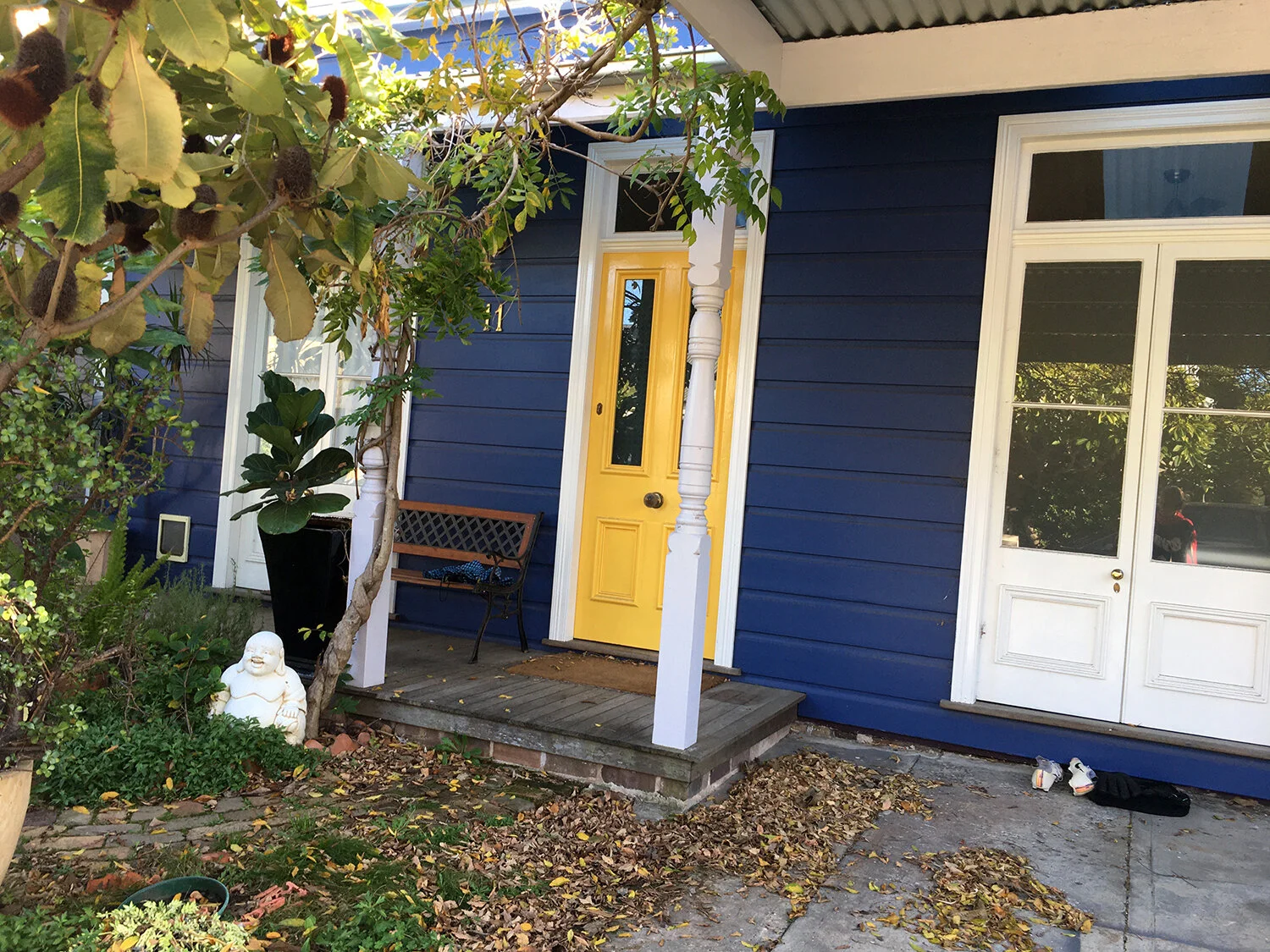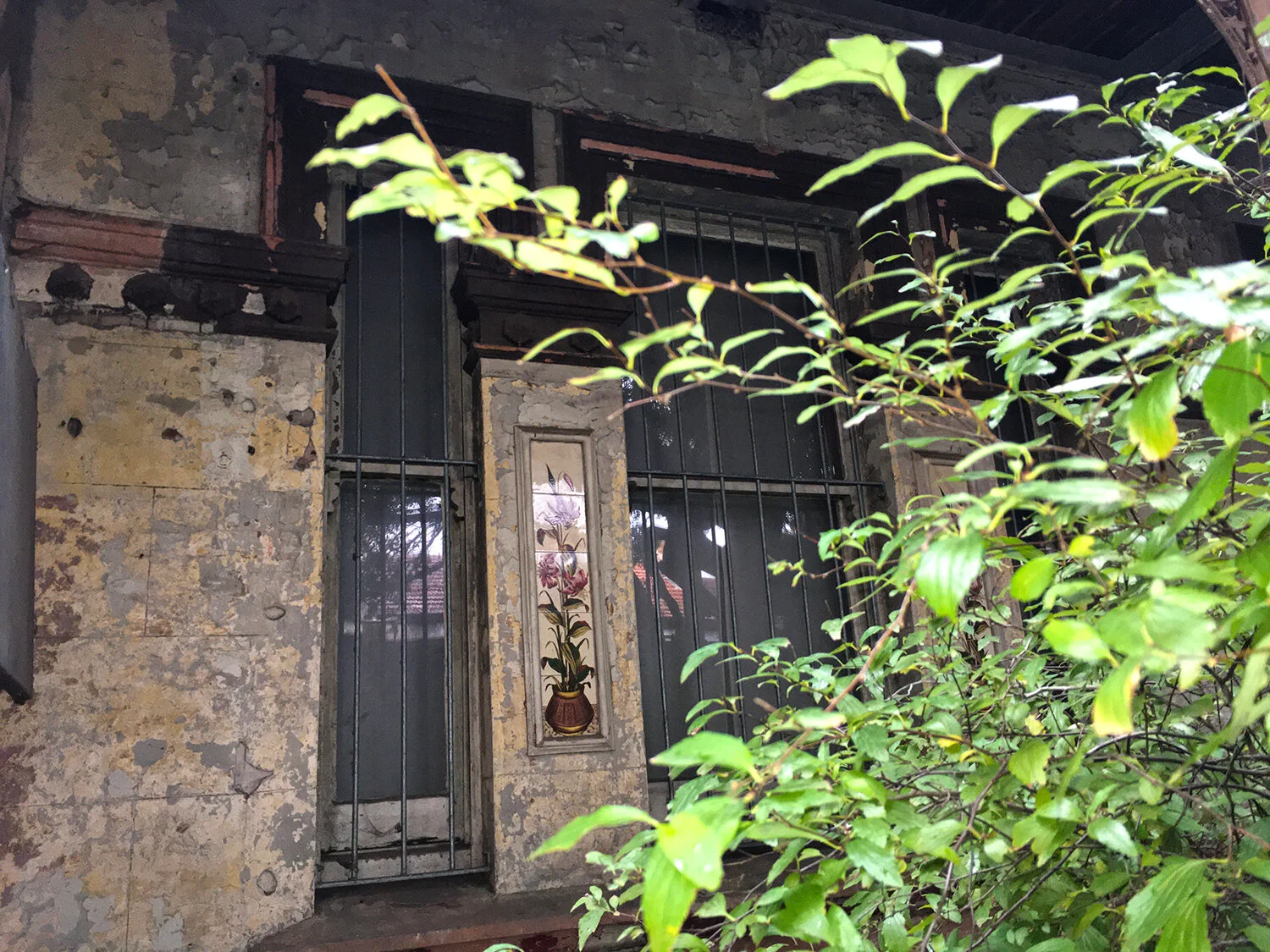Catherine, Elizabeth, Ellen, Charlotte, Emily, Alice and Mary Street, Rozelle on Sunday 14 June 2020
Rozelle is on a peninsular in Sydney Harbour. The area where I am today is on the ridge sloping to Rozelle Bay. Alfred Hancock, an Englishman, who later served as an alderman of Balmain purchased and sold land parcels to working people with the slogan “Homes for the People” (1867 to 1907). Like everywhere in this colony, the land was considered to be free for the taking by the British Crown. Then private business people bought it from the Governors. The indigenous population of this land had been decimated by smallpox. Hancock offered small deposits and supplied timber at low prices, so owning a home became affordable for the working class. That must be the reason why many of the houses here have such individual characters and are mostly freestanding and made from timber. Unlike the brick terraces in other suburbs of Sydney, which were built to house working families as tenants, not as owners. There are a few terraces here and there. And some old sandstone houses which are characteristic of the harbourside suburbs of Balmain and Rozelle.
At the end of Elizabeth Street is a small park and playground and a path slopes down to another street below. There is a view over the bay towards Anzac Bridge and the city as is the case with many of these streets in the area. Catherine Street ends with narrow steep stairs down to another level and Emily Street has stairs going up. Like the neighbouring Lilyfield, the area looks friendly with pretty houses and front yards, flowers, and trees. Everything looks loved and cared for. I hardly see any derelict or neglected places.
In the past, this suburb must have had a totally different look. There was not only the bigger industry near the waterfront, chemicals, soap, foundries, sawmills, abattoirs and later the coal-fired powerhouses, but also small industry, producing millet brooms and brushes in corrugated iron sheds scattered across the streets and laneways. All this made the area very polluted.
On this sunny, warm winter Sunday I pass two girls in summer dresses, about twelve years old, eating fresh ice cream from cones. One asks the other: “Do you know what bail is?” No, she doesn’t. Then the first one tells a story that I can’t hear anymore. The pub ‘Three Weeds’ in Evans Street is still closed.






















































































































































